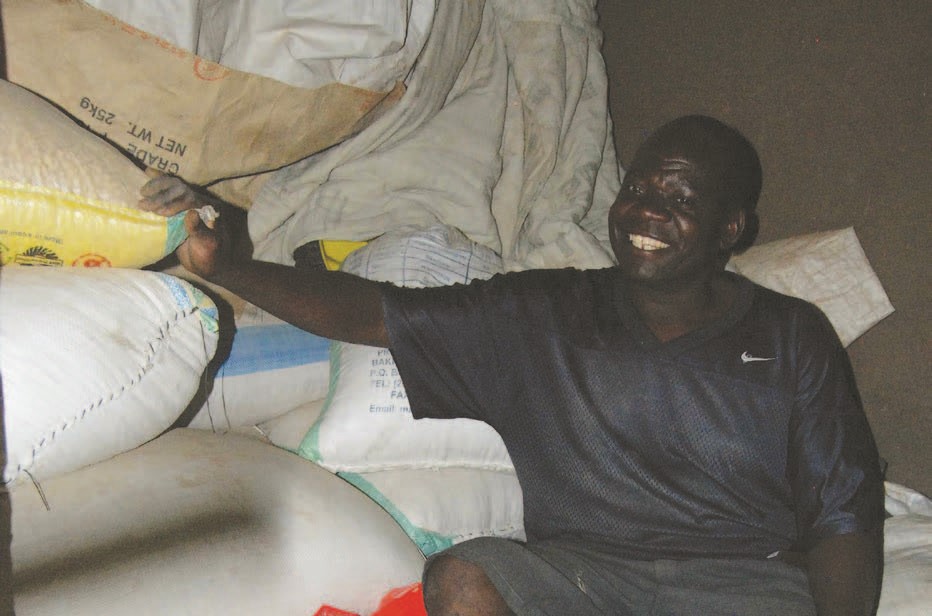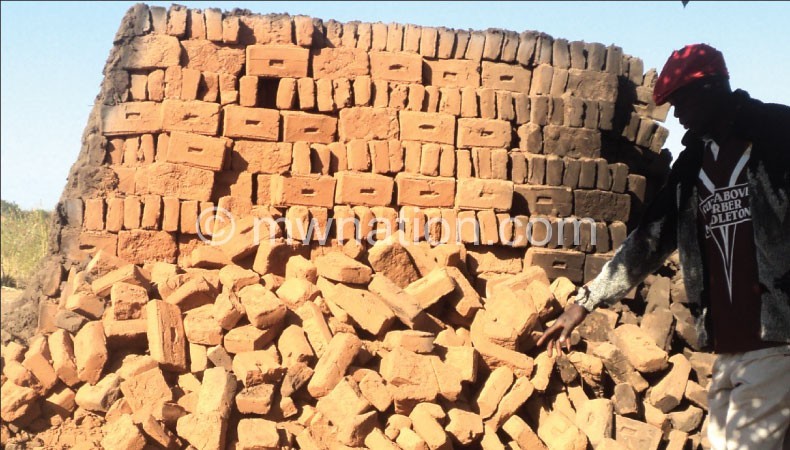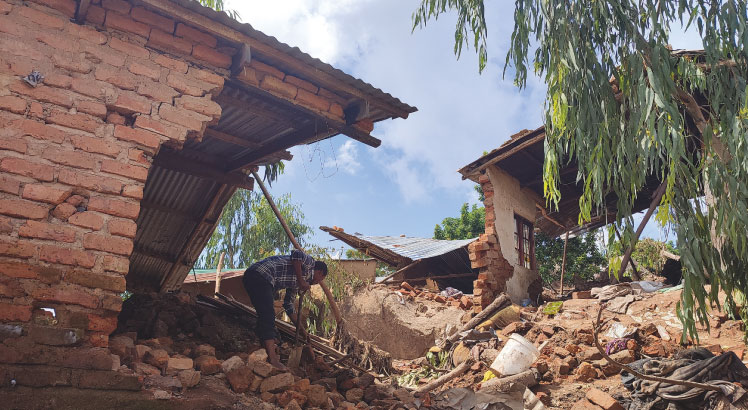Lake Chilwa: Any rain of hope?
 The onset of the rainy season in Malawi has sparked a wave of hope among dependents of Lake Chilwa, but it may be too soon to start making merry.
The onset of the rainy season in Malawi has sparked a wave of hope among dependents of Lake Chilwa, but it may be too soon to start making merry.
Last year, environmental studies showed that the water body, which directly benefits 1.5 million Malawians and contributes over $21 million to the country’s economy, has lost about 60 percent of its waters. Even more worrisome was Lake Chilwa Basin Climate Change Adaptation Programme (LCBCCAP) expert Professor Sosten Chiotha’s forecast that the lake would completely dry up if the rain pattern does not improve.
Ecologist Dr Daniel Jamu calls this a “an extreme case of the effects of climate change”, but locals feel the constant rain pattern in Phalombe, Zomba and Machinga is likely to rekindle ailing agriculture and fishing activities—the major income generating activities there.
“Here, rice growers are confident of a good harvest. Likewise, fishing communities are looking forward to a better catch this year. Since last month, it has been raining day and night. Farmers are afraid of floods because Domasi and Lingoni rivers are already swelling,” says Moses Phulusa, a resident of Mposa Village.
Flying at 150m above the ground, one spots a network of rivers transporting muddy waters from vast stretches where forests have been cleared to create room for tobacco farming and other agricultural activities. This is just a tip of the environmental degradation threatening the inland drainage lake.
Forestry Research Institute deputy director Clement Chilima once urged communities to replant trees 15 metres from the shores. Meanwhile, the brownish streams are slowly filling and silting pools on the borders of the lake which nourishes Mpheta, Phandilo and other rice fields in the vicinity. From here, the remaining water spreads are dotted with a dwindling number of fishers trying to make a living where many have fled in search of survival. The ‘nomads’ have dumped their boats and huts on the dry beaches only connected to the lake by shallow canals dug out by the remnants.
“The lake almost dried up due to degradation. When I flew over the lake three months ago, most of the parts had no water. This time, I have noted that water is coming back to some of the affected parts,” Captain Ziliro Kaonga told the press after a helicopter voyage over the endangered lake on January 1 this year.
The New Year flight came over a decade since a similar fact-finding trip in 1991 recorded the highest water levels on the lake which once measured 60km by 40km wide.
The rise coincided with the Phalombe avalanche, popularly known as Napolo, but it was brief as 1992 marked the beginning of a drought which left the lake nearly dry in 1995.
Just last year, Chiotha, who also heads Leadership of Environment and Development in Southern and Eastern Africa (Lead-SEA), said the lake would suffer a repeat of the record low unless rains picked up.
Chiotha said it is too premature to start drawing conclusions because it needs more months of uninterrupted rains to refill the lake.
He explained: “The rains started late. This is just January and there are three or more months to go before the rains end. It will take very heavy rainfall to refill the lake this rainy season. But we are closely monitoring the situation to see what will happen.
As the rains are restoring hope among the worst hit communities, Lake Chilwa offers food for thought. Disasters occur, but is the country doing enough to avoid disasters and strengthen the vulnerable to withstand extreme cases?





